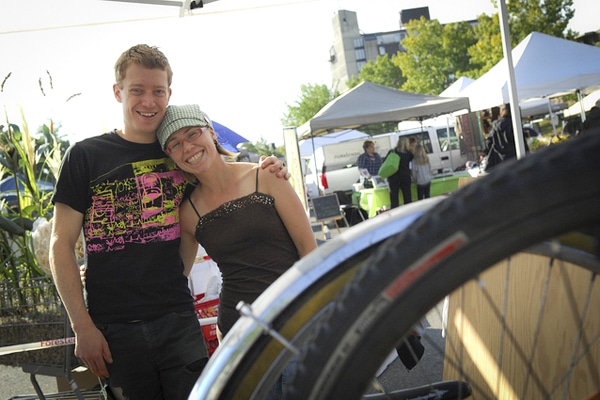What is this issue about?
Healthy communities are active communities where everyone has access to parks and recreation opportunities that support physical activity. We know that regular physical activity protects against chronic disease, increases mental health and well-being, and reduces loneliness, isolation, and alienation. For example:
- Well-planned multi-purpose facilities and safe and accessible outdoor spaces and trails not only support and promote healthy, active lifestyles, but they enable people of all ages, abilities, and backgrounds to connect to their neighbours and contribute to the social fabric of the community.
- Recreation and sport facilities such as public pools, arenas, fitness centres, parks, and trails are often vibrant community “hubs”, promoting active living and providing a venue for strong community connections.
Local governments play a large role in building the conditions that support all British Columbians to lead healthier, more active lives. These conditions for active living begin right in our communities – where people live, work, learn, and play.
Why is active living important for health and well-being and healthy communities?
Despite the known health benefits of physical activity, about half of Canadian adults and 91% of Canadian children and youth are not getting the recommended levels.i Lack of physical activity is also one of the main contributors to rising obesity rates – 26% of children in Canada are overweight or obese.ii Canada’s childhood obesity rates are among the highest in the developed world – rates have almost tripled since 1978.iii Active living is a critical component of health, well-being, and healthy communities.
Did you know…
- Only 58% of adults in B.C. get the recommended 30 minutes of physical activity per day.iv
- The most recent Canadian Health Measures Survey found that only 7% of Canadian children and youth get the recommended amount of physical activity.v
- The risk of obesity goes up 6% for every hour spent in a car each day, while the risk of obesity goes down by almost 5% for every kilometre walked each day.vi
- Young teenagers are 2.5 times more likely to walk if there is a recreation destination within one kilometre of their home.vii
- Studies show sedentary Canadians are more likely to suffer from depression than physically active Canadians.viii
Why does active living matter for B.C. local governments?
Local governments across B.C. are already leaders in promoting active living by investing heavily in recreation facilities and programs. Building on their existing success, communities can continue to ensure all residents – young, aging, urban, rural, advantaged, and low income – have ready and easy access to places where they can be active and where programs are available that encourage them to do so.
In addition to providing options for active transportation, outdoor play spaces, sports fields, skateboard parks, tennis courts, and recreation complexes, local governments can be leaders in developing policies, programs, and partnerships to engage all citizens in active living.




